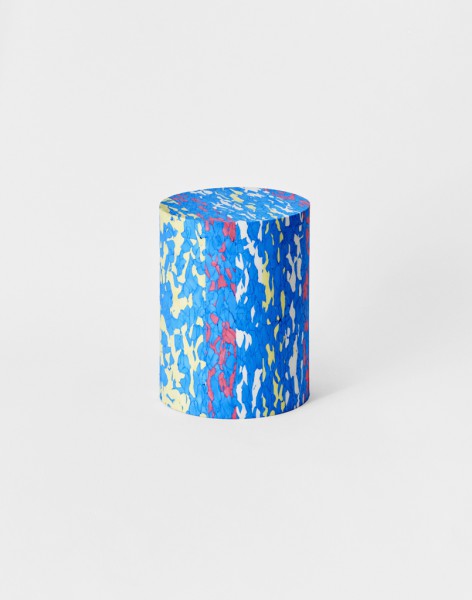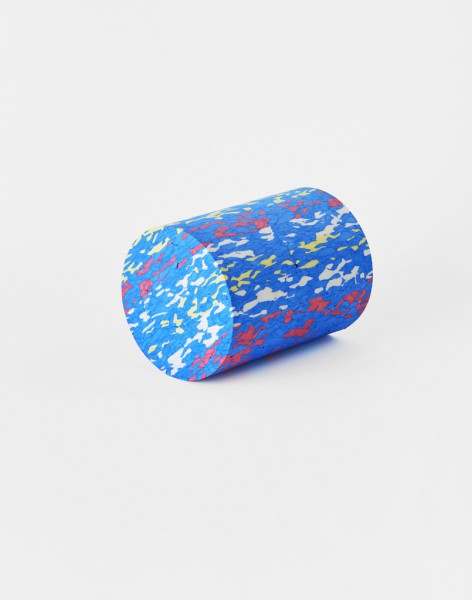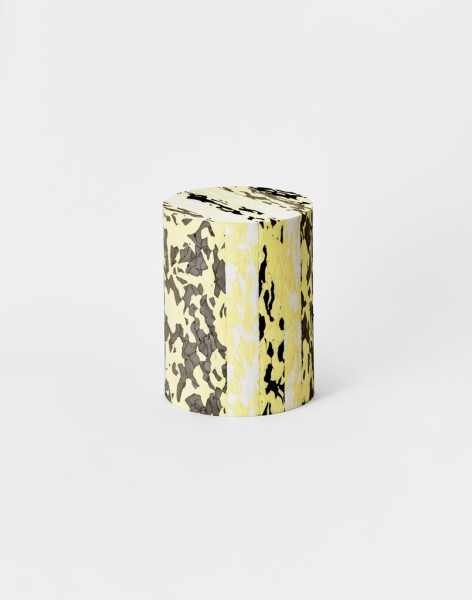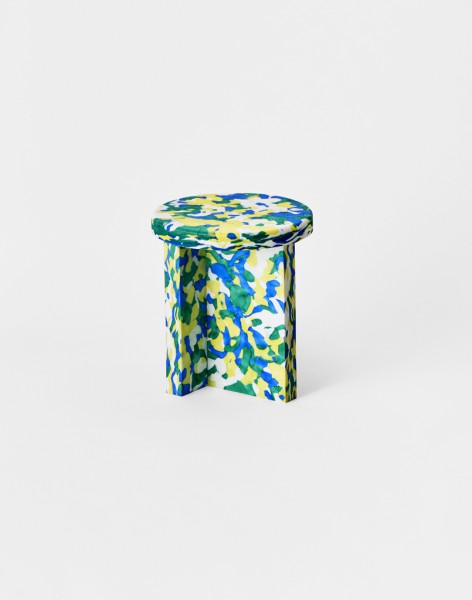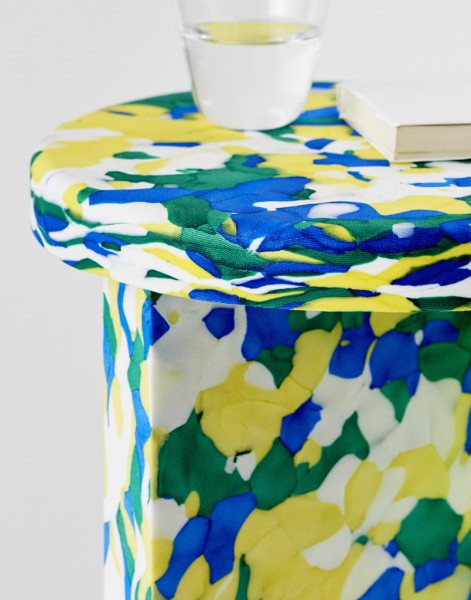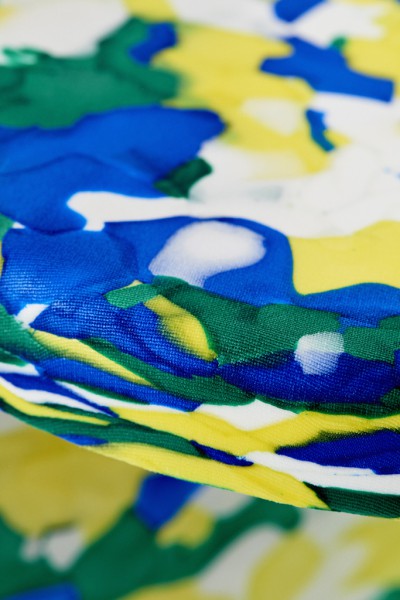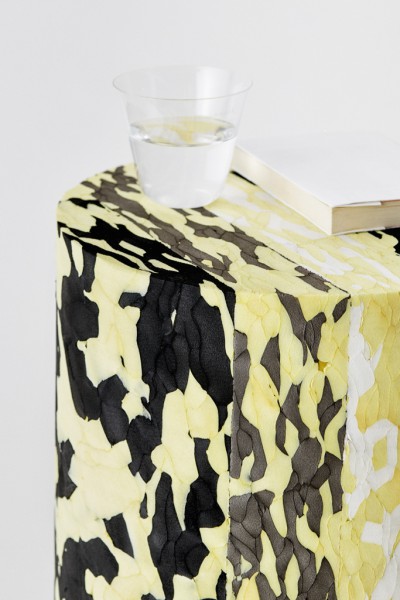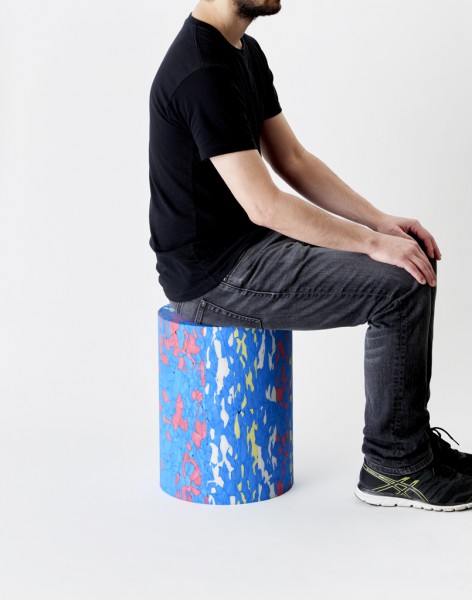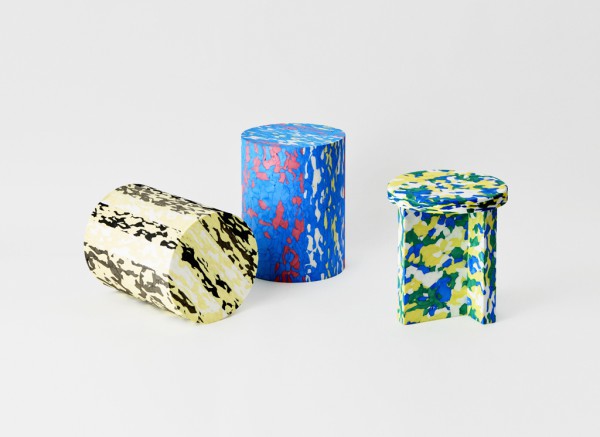主要用途: プロダクト(プロットタイプ)
製作: 三和化工
クレジット: 主催:Material ConneXion Tokyo
所在・会場: Material ConneXion Tokyo
素材: ポリエチレン発泡体 ポリモック
サイズ: φ310×H355mm/φ300×H400mm
設計期間: 2017.06 - 2017.10
製作期間: 2017.10
会期: 2017.10-2017.12
写真: 小川真輝
ウェブサイト: http://www.mcx-mde.com/
Material ConneXion Tokyo が主催する企画展「MATERIAL DESIGN EXHIBITION 2017」のため 、素材メーカーと協同してプロダクト開発を行うプロジェクト。ビート板や梱包材として使われているポリエチレン発泡体の特性を活かしたプロダクトを考案した。 発泡体の成形・加工の過程でできるリサイクル素材、「ポリモック」は端材の圧縮成形によってできており、ひとつとして同じ表情のものはない。カラフルな迷彩模様のポリモックをオリジナルに製作し、さらに熱圧成形による発色性を活かし、カラフルで小さなスツールを考案した。ひとつは丸みのある座面のスツールで、熱圧成型により硬度が増し、発色性の良さが特徴となるもので、もうひとつは、ポリモックの素材の最大厚50mmを重ねて圧着した量塊から、円筒形に切り出すことで現れる、断面表情の豊かさが特徴のスツールとした。 素材の特性と、その生成過程の独自性を取り込んで、素材そのものの発展的な使い道を示唆するようなプロダクトを目指した。
Principle use: PRODUCT (prototype)
Production: SANWA KAKO
Credit: Organizer: Material ConneXion Tokyo
Building site: Material ConneXion Tokyo
Material: Polymock
Size: φ310×H355mm/φ300×H400mm
Design period: 2017.06 - 2017.10
Duration: 2017.10-2017.12
Photo: Masaki Ogawa
Website:http://www.mcx-mde.com/
We collaborated with a material manufacturer to develop a product for a special exhibition sponsored by Material ConneXion Tokyo. We devised a product that takes advantage of the properties of polyethylene foam, a material notably used in kickboards and packaging materials. Polymock can be formed by molding and processing polyethylene foam. The recycled material is obtained by the compression molding of wastes and produces unique results each time. We created a colorful camouflage Polymock pattern and made full use of the material's coloring properties by hot pressing it into two types of small colorful stools. One is a stool with a rounded seating surface, the hardness of which is increased by hot pressing and features good coloring properties. The other is a stool obtained by crimping 50 mm thick pieces of Polymock material into a mass from which a cylindrical shape is cut to reveal expressive cross-sections. We aimed to create a product that inspires the developmental use of the material itself, incorporating its physical properties and the originality of its production process.
